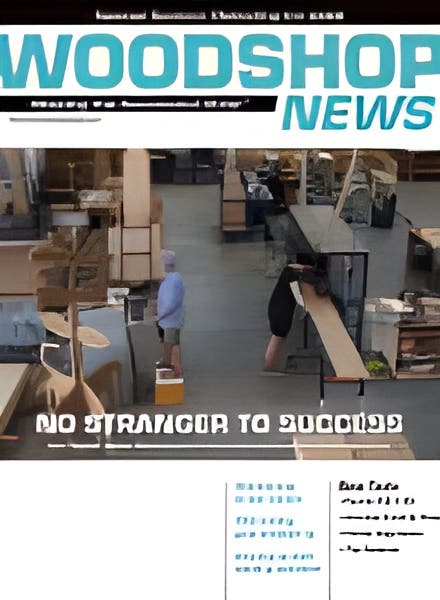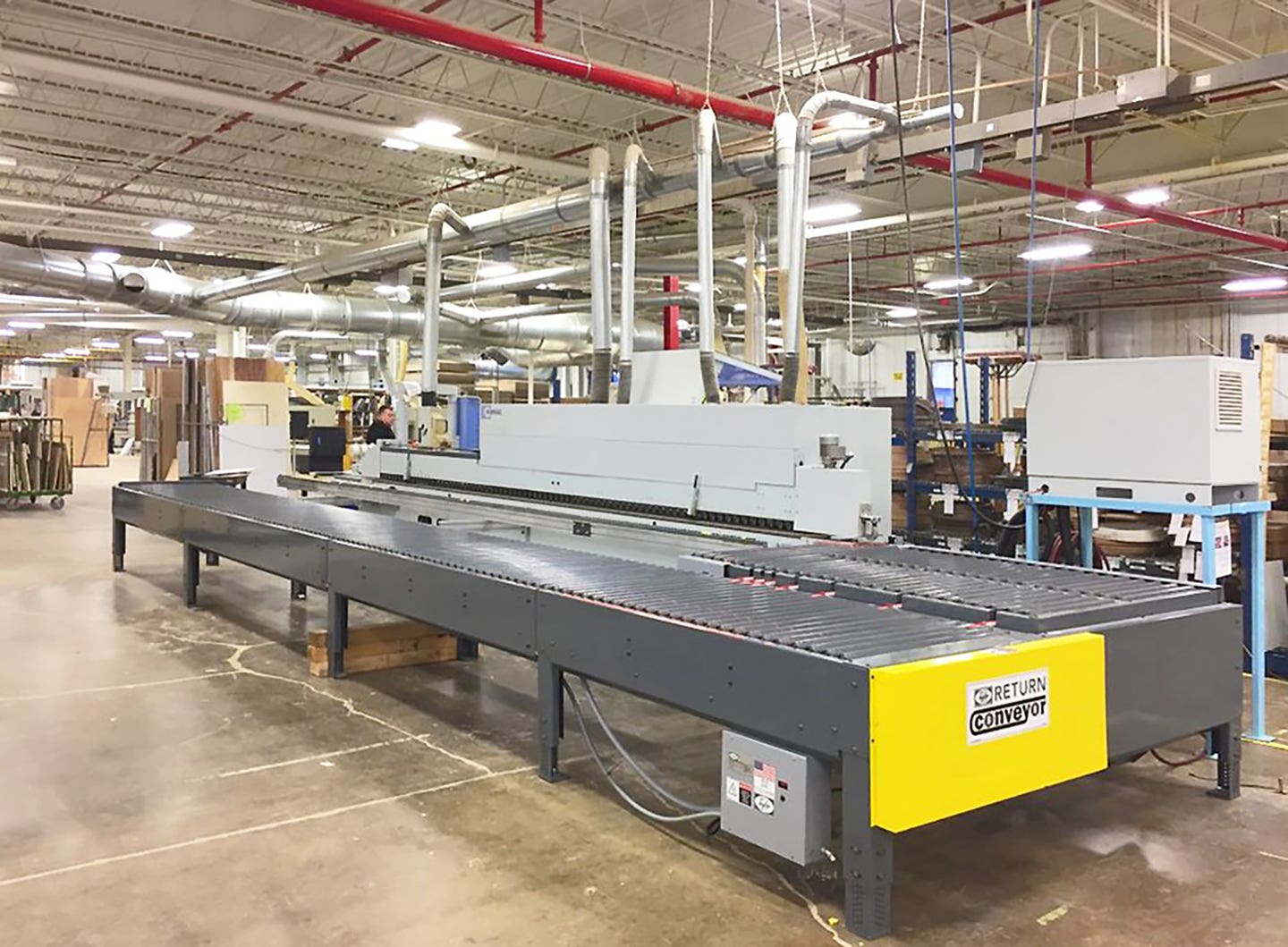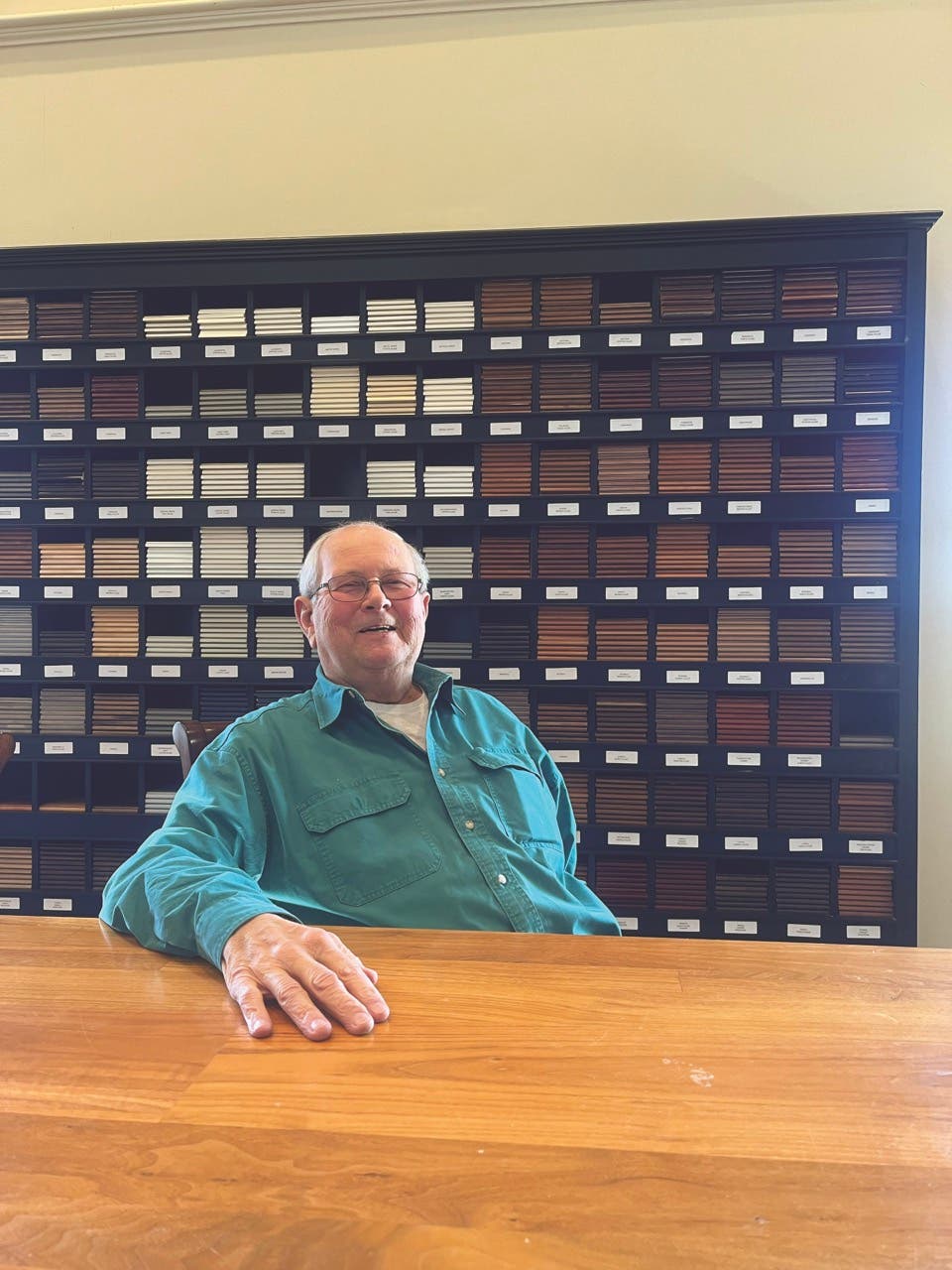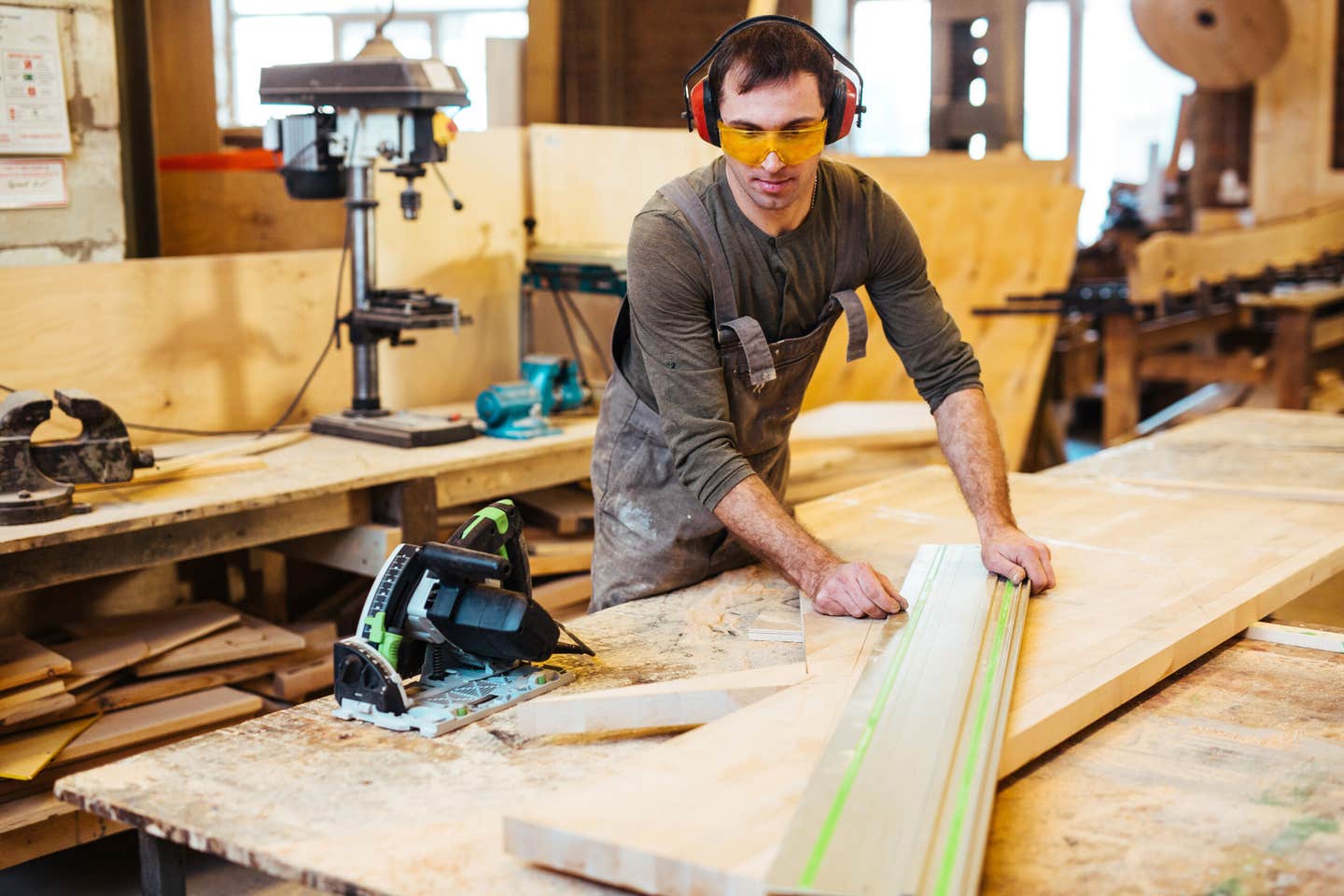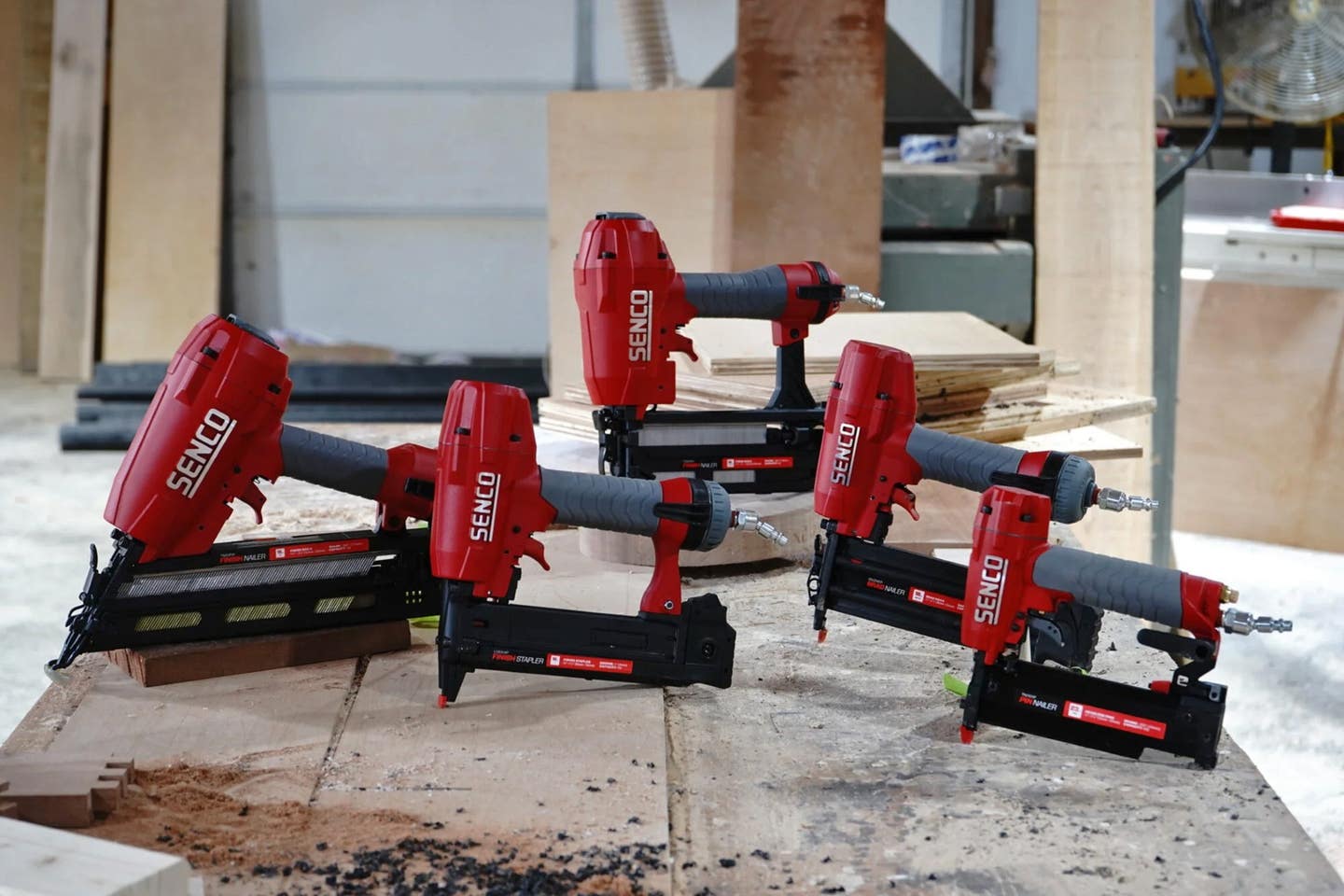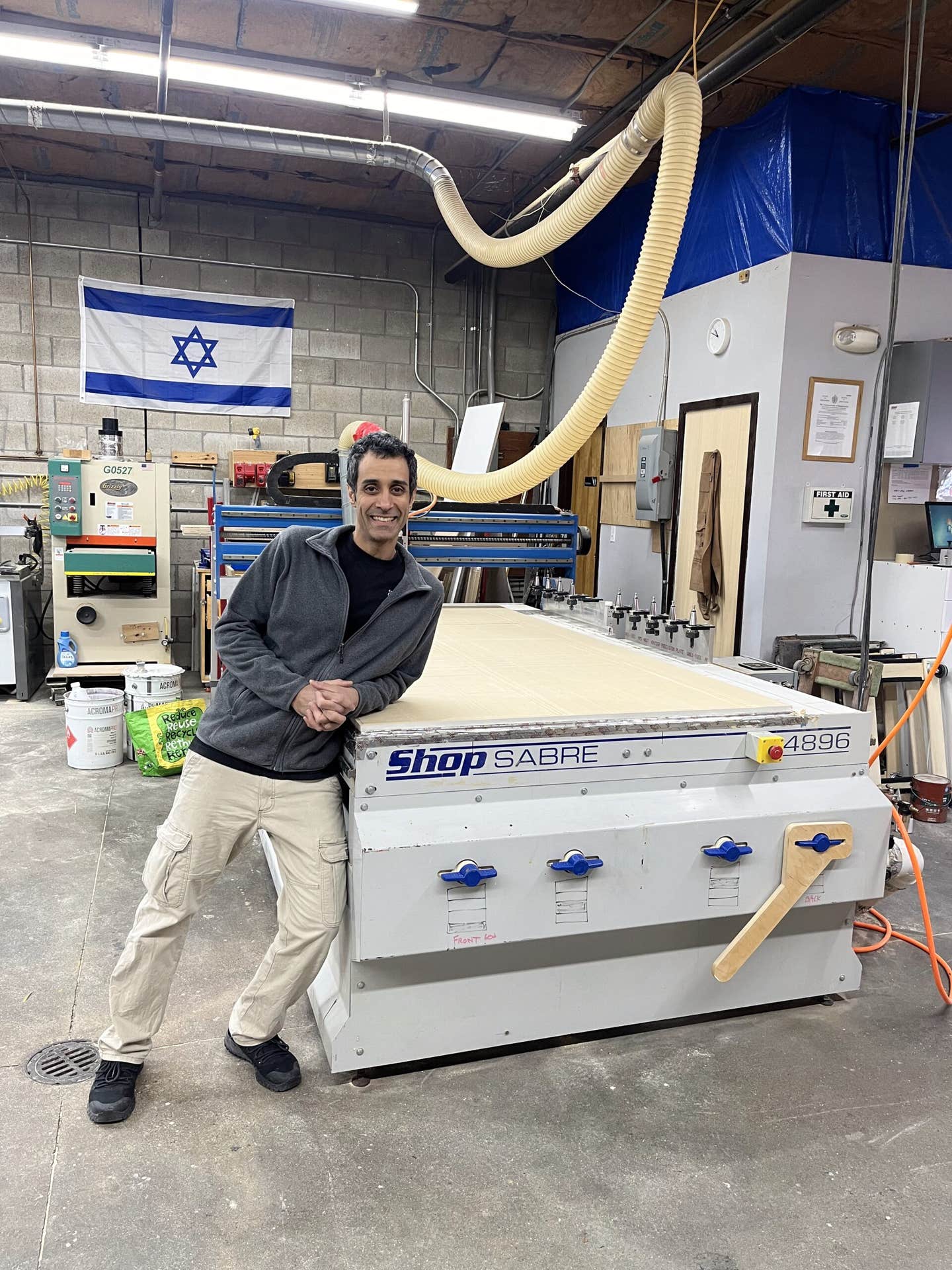Landing in a good place
When Stephan Scholz began a three-year apprenticeship at the age of 16 with a master craftsman in Germany, the farthest thing from his mind was that some day he would…
When Stephan Scholz began a three-year apprenticeship at the age of 16 with a master craftsman in Germany, the farthest thing from his mind was that some day he would own a shop on the island of St. John in the U.S. Virgin Islands. But that is exactly what happened. For the last 24 years, the custom woodworker has been building high-end furniture, cabinetry, pagodas and even a house or two in Coral Bay, St. John. His repertoire of talents also includes being an accomplished shipwright.
Scholz grew up in northern Germany or, as he puts it, "above Holland and below Denmark." His first woodworking experience came when he was 11 or 12 and started making small projects such as dartboard cases. Since he was always around the water, he also helped some friends who were boatbuilders. He didn't have much interest or success at academics, so the idea of pursuing a trade was appealing.
"When I was 16, my stepfather had a good friend who was a well-known master craftsman - Reinhard Wolter - and he said he might be able to get me into an apprenticeship program if that is what I wanted to do. I said, 'Why not?' At the time, I wanted to become a designer or a social worker. And I kind of became both," he says with a laugh.
"[Wolter] was very, very strict, but a very hardworking guy and very old-school. I think the guy probably worked 16 hours a day and I remember if you wanted to learn how to make stairs, you had to stay after work because he would only lay out stairs between closing time and midnight or 1 a.m. He was a good guy and taught me a lot."
But the apprenticeship wasn't producing much of an income. "I think my first year I was making $40 or $50 a month. I had an apartment and had to pay rent so I had to work Saturdays for 10 or 12 hours and Sundays for eight hours. I was lucky because I earned journeyman's wages for those times and that is how I made it through my apprenticeship."
Time for a change
Scholz spent a year as a journeyman in 1983, making $600 a month. He eventually moved to Hamburg and worked on the docks for $12 an hour. After a few months of that, woodworking had a new appeal. And then his life changed dramatically.
"For some reason, I decided that I wanted to see the world and ended up in Gibraltar, where I met someone that wanted to sail a catamaran to Florida," he says. "I started working on the boat a little bit. It had some woodworking issues, and he said, 'Why don't you sail with us?' I was 20 at the time and said, 'Great, let's go.' By the time we made it to Florida, I met somebody that lived on St. John and his parents had a construction company. He said I had to go to St. John because as a carpenter I'd make great money and there would be plenty of work. So, in 1986, I arrived on a Sunday and started working on a Monday. Then I got my residency and over time opened my shop."
Scholz's shop is far from traditional. It consists of two 20' x 80' shipping containers with an open-air area in between that's covered by a tarp. When the trade winds don't blow and temperatures exceed 90 degrees, it can be an oppressive working environment. During hurricanes or inclement weather he simply locks everything up, as was the case in October when Tropical Storm Otto dropped 23" of rain on St. John during a three-day period.
"When a hurricane comes, this is pretty protected. I lock the containers up; I put tops on all the machines. I'm at least 30 feet above sea level. The wind storms are worse."
Life in Coral Bay
Coral Bay has a population of less than 1,000, but the majority of houses are mega-mansions that look down on the bay. They are second, third or fourth homes that are used only for a few weeks a year. During the last 10 years, Scholz says most of his work has been done for just a few customers.
"It is a very limited clientele," he says. "I would say that 60 percent of all the work I have done in the last 10 years is for three or four customers. Unfortunately, one of my friends and customers just passed away, so I not only lost a friend, but also I liked building his furniture. But I do get new customers all the time."
It would be fair to call Scholz a jack of all trades - he will build anything and is capable of doing so.
"I do everything. It's changed a little bit. Cabinets have only been about 10 to 20 percent of my work. Millwork makes up about 15 to 20 percent and last year I started building timber-frame pagodas. I've built a lot of furniture, I built myself a house and I work on my boat."
All of Scholz's designs are original and most are simply in his head. "I built an entire house based on a cocktail napkin when a customer and I sat down and literally drew something on the napkin. And most of the people that I work for have been here for a long time and we know each other well. I'm not designing what I would like to have, but what their style is and what they like.
"I don't do anything on the computer, though I'm not one of those people that wants to go back to the 18th century. Frankly, I have had computers, but I don't like to stare at a screen. I just don't like it."
Sourcing materials
Living on a small secluded Caribbean island that has a national park that takes up about 80 percent of the land means you have to obtain your wood and machinery from somewhere else. Scholz has a couple of connections to obtain his wood.
"I get most of it from a place in Florida that imports it from South America and Africa. It's called Medley Hardwoods and I've been dealing with them for 15 to 20 years. I also go to Trinidad with a friend of mine who has a boat. I fly down, buy the lumber and we load the boat up and he brings the lumber back on his own, mostly teak.
"The teak is plantation-grown and it is something that I buy and sell. I really like the wood; it's durable. I like the way it can be finished with just oil. I like it because it comes from a plantation. It is kind of a niche; I have an availability that most people don't. It is a very small market and I go down a few times a year. As a matter of fact, we're getting another load right now."
His shop has a modest number of machines, the main ones being a Rockwell 14" band saw, Delta DJ-20 8" jointer, 14" radial arm saw, Grizzly shaper and planer, and dozens of hand tools.
When it comes to finishing, Scholz does most of it himself. "It depends on what it is," he says. "I used to spray a lot of lacquer for kitchen cabinets. When it comes to furniture, I use an oil finish. If somebody insists on a varnish finish, I have a couple people who work with me because I don't have the time or patience to brush varnish for eight hours."
And when someone asks him about what his profession is, the answer varies.
"I sometimes come up with a smart-ass answer ... because the question itself kind of makes a statement about the person who is asking. I say, 'Well, a lot of things. I do a little walking, sometimes I swim; you know, it's what do you do in your life?' But if I answer the question honestly, I would say 'Anything I can.' But when people ask about my profession, I say I'm a woodworker."
Contact: Stephan Scholz Custom Woodworking. Tel: 340-693-5759. www.stephanscholz.com
This article originally appeared in the December 2010 issue.

